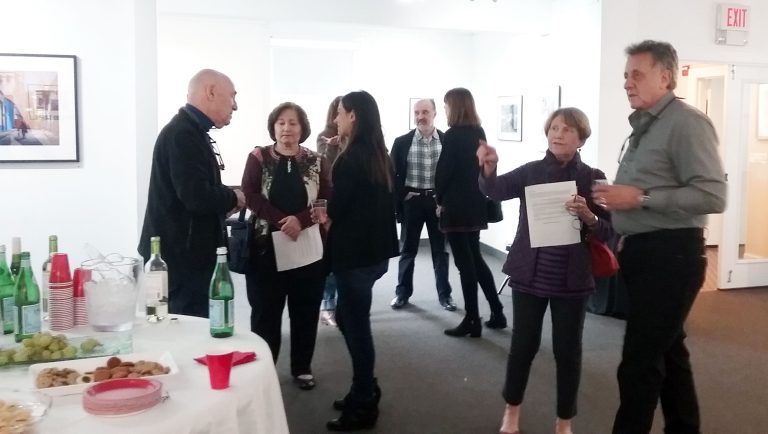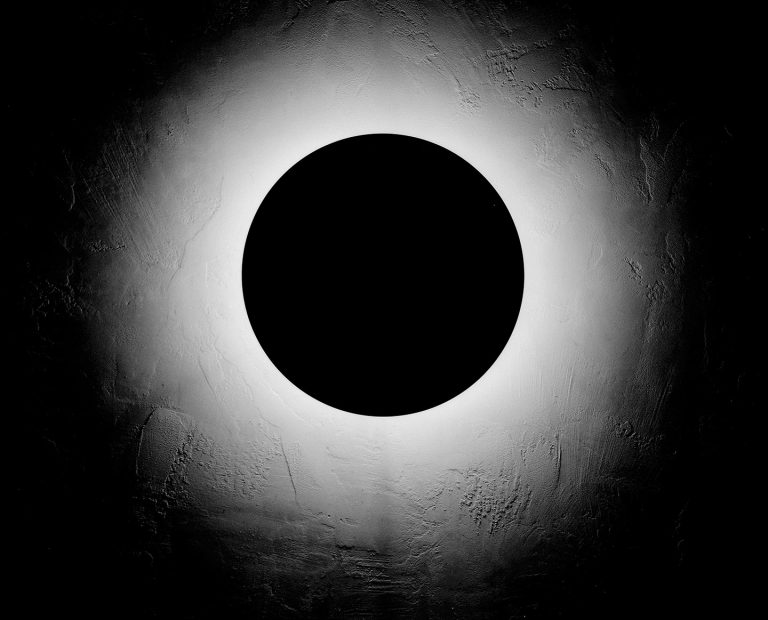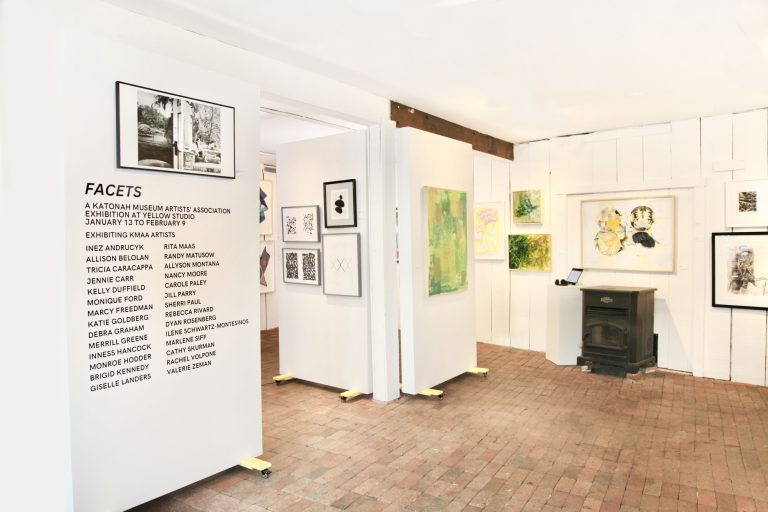Exhibition Aims to Create Space for Reflections on Conflict
When Hudson Valley MOCA’s president and co-founder Livia Straus chose the theme for the museum’s third annual juried show, WAR, early in 2023, she envisioned artwork that would encompass many types of conflicts. War, after all, can be both external and internal, social and domestic, political and personal, and real and imagined.
Then the world changed. The exhibition comes at a time when news headlines have become entrenched with reports of concrete and momentous wars. Yet Straus, the show’s lead curator, continues to believe in the exhibition’s original concept—namely that art can provide a safe space for open dialogue, an idea that the museum was founded on. She explains: “I’m hoping the show will be more of a coming together… [an] environment where people interact with each other and understand.”
WAR features the works of 48 artists from across the United States, presented in a range of media and informed by diverse social and cultural backgrounds. These pieces are further contextualized by their placement alongside works in the museum’s rolling exhibition How We Live, Part II. Drawn from its permanent collection, these works include Classroom, a 2009 painting by Czech artist Josef Bolf. It centers on a girl and boy who face each other across a school desk that holds the severed head of a wolf, its blood pooling on the floor. A pink haze covers much of the image, which expands to an eerily empty classroom. The haunting work has become a focal point in the museum’s tours following Russia’s invasion of Ukraine. “This is all referencing fairy tales and kind of the horror that kids grow up with,” explains Straus. “You have a school setting, but the school is shut down.”
Simone Kestelman’s piece in the juried exhibition, an old-fashioned dark metal tricycle with a glass seat that has been punctured by a bed of nails, sits idle. Titled Children of War (2017), it poses an inherent threat to any child who might want to take it for a ride. A second work by Kestelman, a Brazilian artist working in Scarsdale, hangs nearby. A swing made of cast glass, titled Lives Lost (2018), is motionless, its seat covered with empty bullet cartridges. It may not be difficult for the viewer to imagine these works on a school playground, one that is in dialogue with Bolf’s classroom.
The small scale of Debra Friedkin’s 12-by-10 inches mixed-media collage, also titled Children of War (2023), adds to the image’s impact. The Tarrytown-based artist focuses the viewer’s attention on a small child whose hands are raised, as if pressing against a window, and mouth is open in a cry or scream. The scene of destruction around the window, composed of soldiers, a warplane, a hazardous material sign, fires and flames, destroyed buildings, and a lost child, encroach on this trauma, with no parent or possibility to escape visible.
Text-based imagery was a recurrent device used by artists in the juried show. They drew on this technique to illustrate conflicts between nations, about politics and religion, and involving animals and the environment. Some of the text presents, in all caps and bold, as though it is shouting at the viewer; other words are abstract, their message partially obscured and softened. Speech.less (2015), a large sculptural work by Xia Gao, a visual artist working in Michigan, examines another aspect of war by speaking, according to a caption on her website, to “the moments when communication is hindered by cultural and language barriers.” Gao uses lutradur, monofilament, crocheting, and cutting in this large six-by-48-by-70 inches piece to lightly deconstruct and reconstruct words that express feelings streaming out of a teapot.
Programs related to the WAR exhibition, which runs through April 10, will include the 19th iteration of Writing the Walls, a collaboration between Straus and Mara Mills, artistic director of Studio Theater in Exile. These performances include poems, monologues, short plays, dance and music, all inspired by works in the exhibition. Projected images of the exhibited art will also serve as a backdrop for Writing the Walls, giving the community what Mills says will be an opportunity to “interact with art and create art.”
Photo credit: Peace Squawks by Trudy Borenstein-Sugiura (courtesy of HVMOCA).







